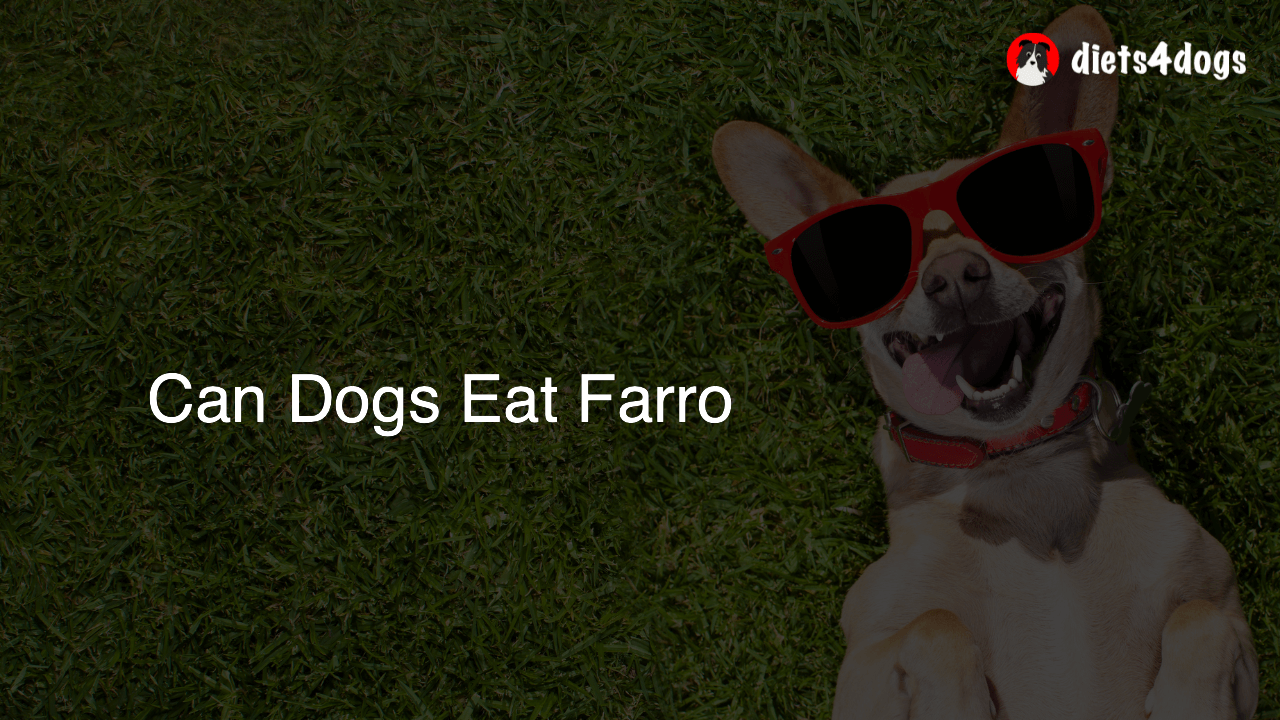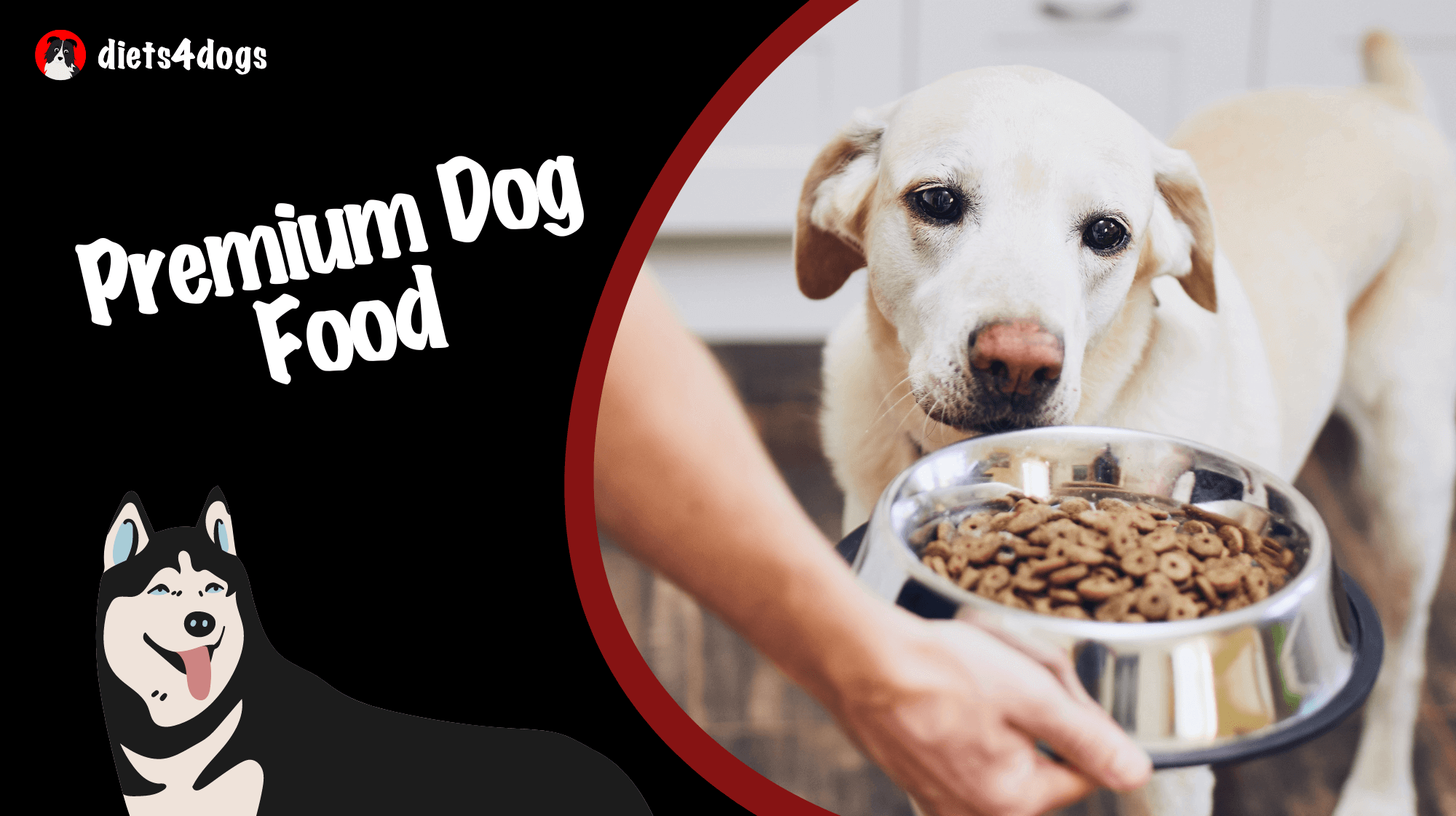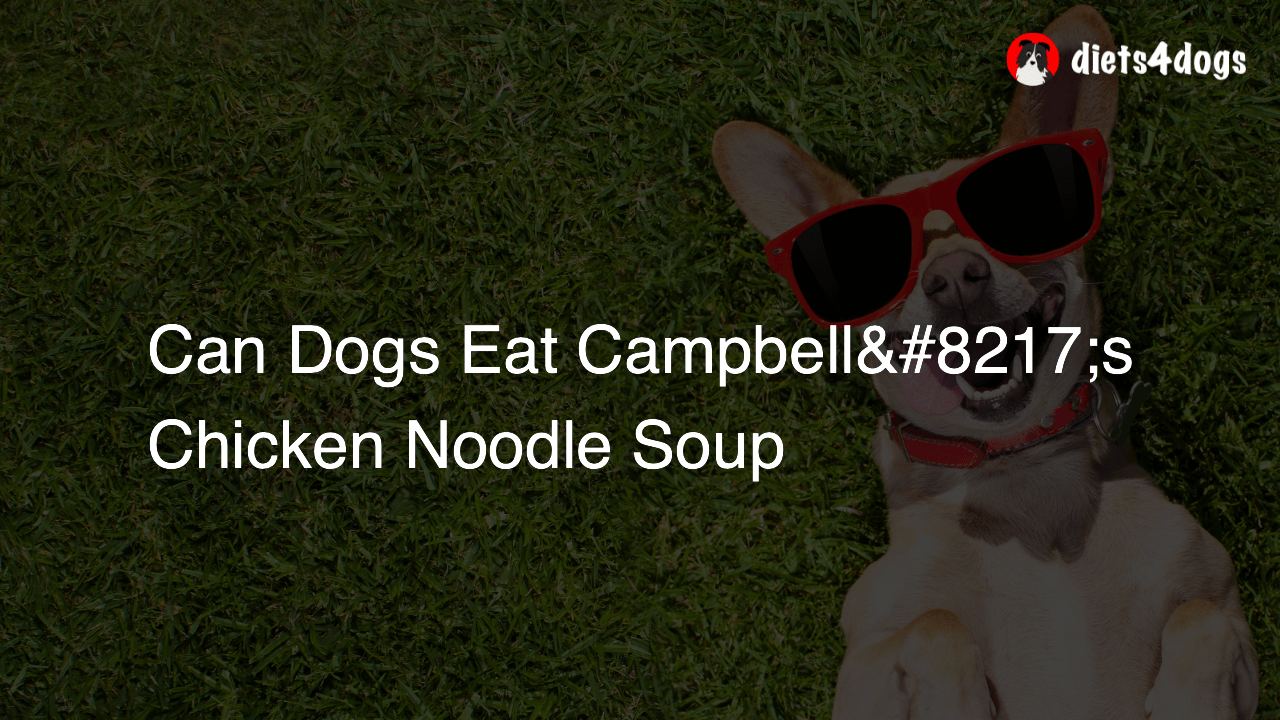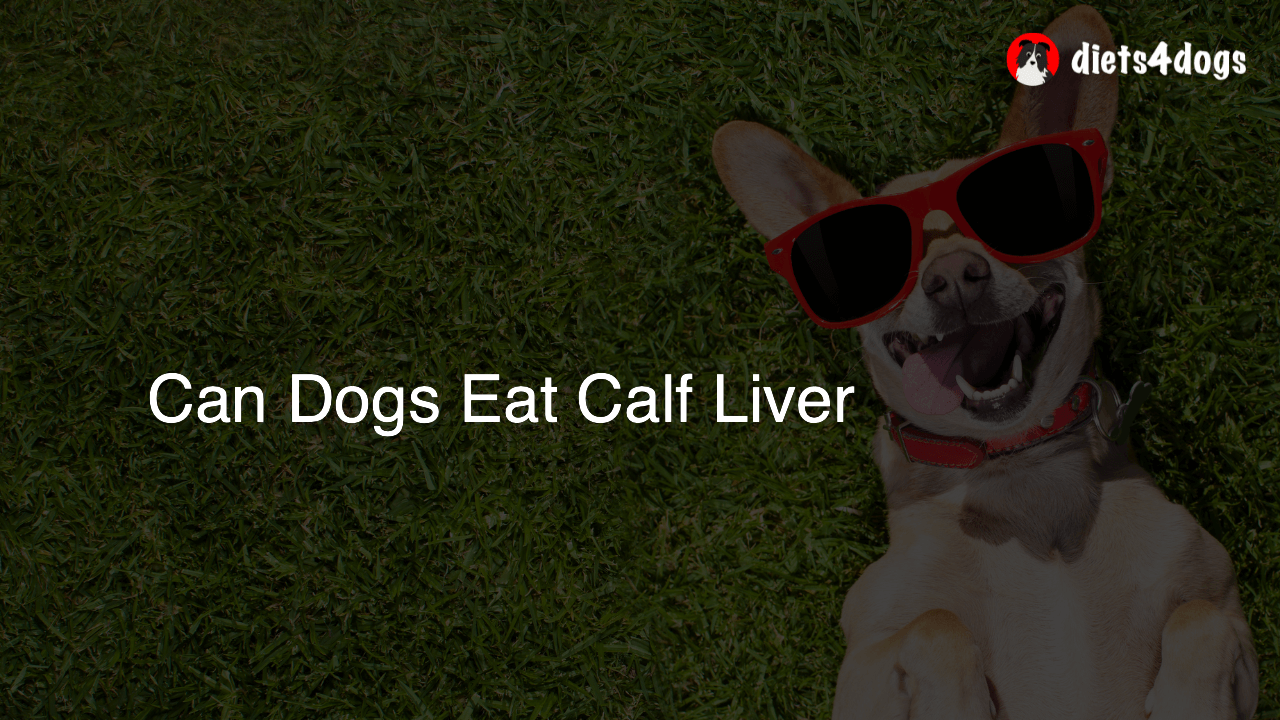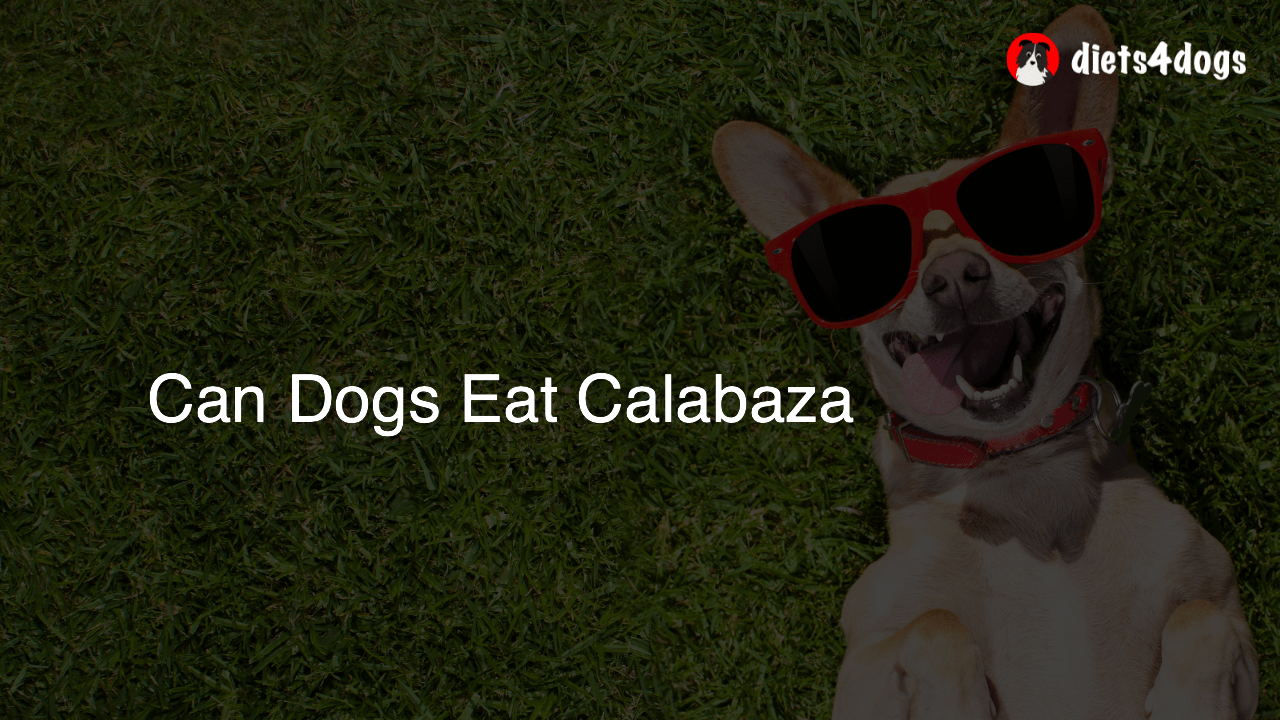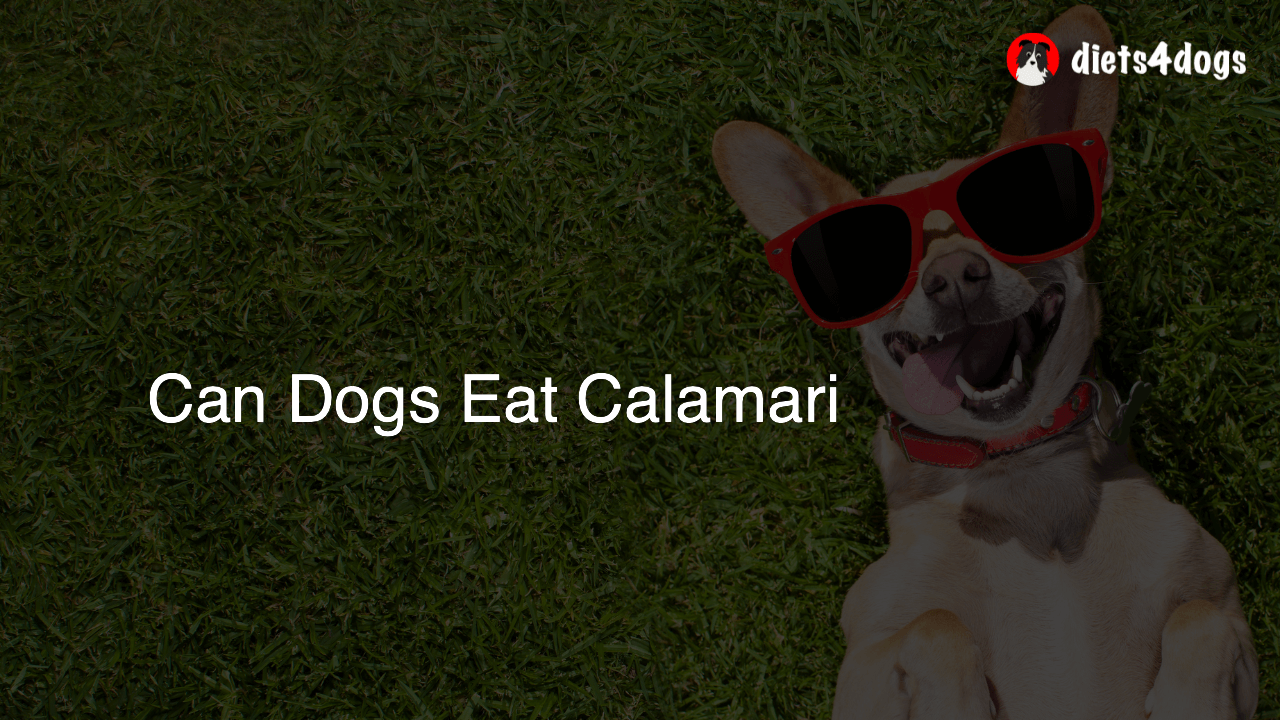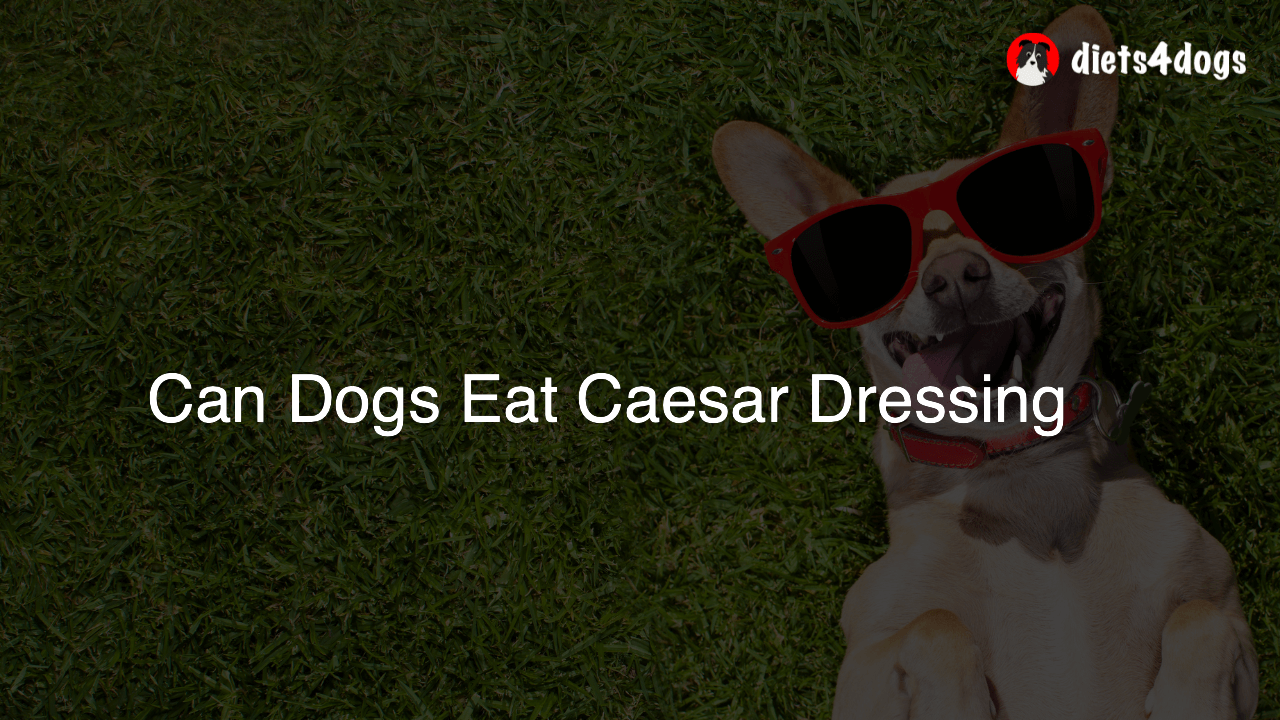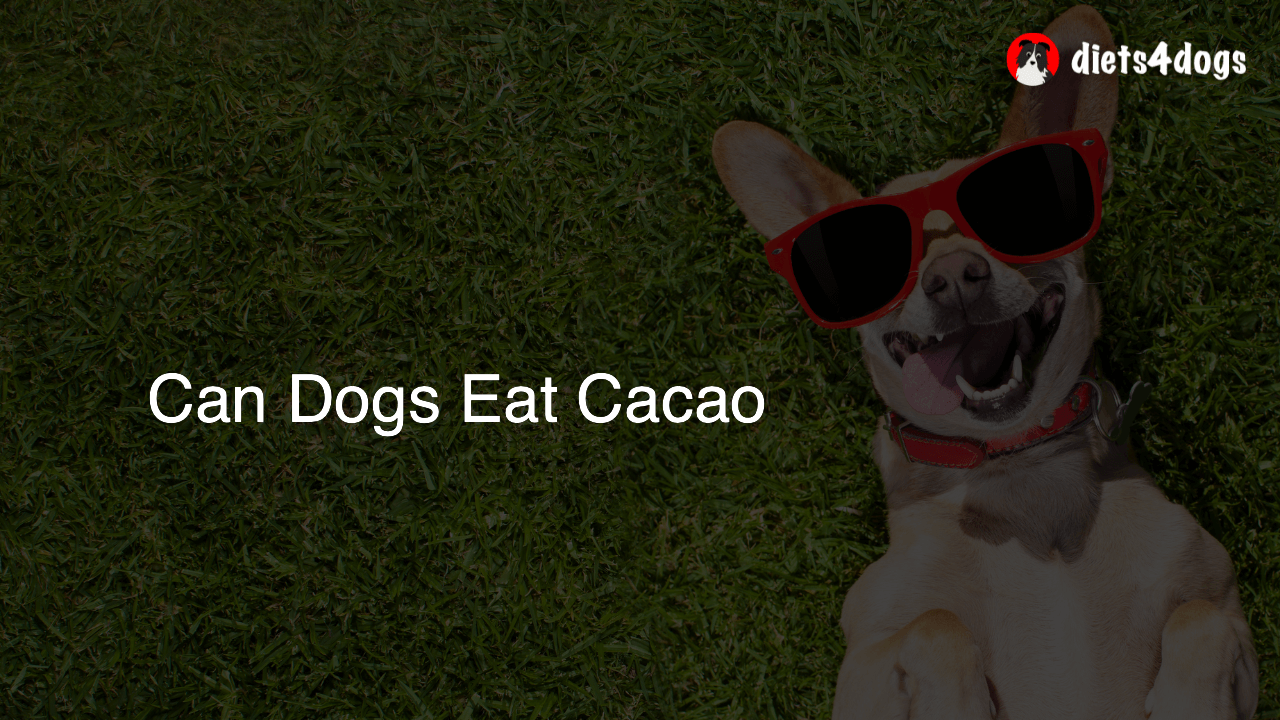Can Dogs Eat Farro
Yes, dogs can eat farro in moderation. Farro is a whole grain that provides essential nutrients such as fiber, vitamins, and minerals. However, it should be served cooked and in small quantities to avoid digestive issues. Always introduce new foods gradually and monitor your dog for any adverse reactions.
Can Dogs Eat Farro
If you’re a health-conscious pet parent, you might be wondering if your dog can benefit from the nutritious ancient grain known as farro. The good news is, yes, dogs can eat farro in moderation! Sharing health-conscious foods with our furry pals is essential for their overall wellbeing. In this blog post, we’ll discuss farro and its benefits for dogs, as well as how to serve it and any potential precautions to consider.
What is Farro?
Farro is a type of ancient whole grain that originates from the Fertile Crescent, an area in the Middle East known for the beginnings of agriculture. The grain, often compared to brown rice and barley, is packed with essential nutrients such as fiber, protein, vitamins, and minerals. As more people become aware of farro’s health benefits, it’s steadily gaining popularity in the human diet – and it can be just as nutritious for your dog!
Nutritional Benefits of Farro for Dogs
Rich in Fiber
Farro contains a substantial amount of dietary fiber, which can help regulate your dog’s digestion, support a healthy weight, and even maintain stable blood sugar levels. Fiber also aids in reducing the risk of constipation and diarrhea, ensuring your pet’s digestive system functions smoothly.
Good Source of Protein
Protein is a vital component of your dog’s diet, as it supports muscle growth, tissue repair, and overall health. Farro is an excellent source of plant-based protein, making it a fantastic additional protein source, especially if your dog’s food primarily includes animal protein sources.
Packed with Vitamins and Minerals
Farro is a nutrient-dense grain, containing essential vitamins and minerals like magnesium, iron, and various B vitamins. These nutrients contribute to your dog’s overall health, supporting their immune system, metabolic function, and red blood cell production.
How to Serve Farro to Your Dog
Before offering farro to your dog, it’s essential to cook it thoroughly to make it easily digestible. When preparing farro, you can simply use water, as dogs don’t require seasoning or flavor enhancements. Avoid adding salt, butter, or onions, as these ingredients can be harmful to dogs. To serve, mix a small amount of cooked farro with their regular dog food, gradually increasing the amount to observe their tolerance.
Precautions and Potential Concerns
Moderation is Key
While farro can be a healthy addition to your dog’s diet, it’s important to maintain moderation. Too much farro can potentially lead to gastrointestinal discomfort or an upset stomach, so it’s best to start with small quantities.
Watch for Allergies
Like humans, dogs can have sensitivities or allergies to certain foods. If you’re introducing farro for the first time, closely monitor your pet for any signs of allergic reactions, such as itching, excessive licking, red or inflamed skin, or gastrointestinal issues.
Balance Farro with Protein Sources
While farro is a wholesome addition to your dog’s diet, it’s essential not to rely on it as their primary protein source. A balanced diet with ample animal protein is crucial for your dog’s optimal health. Be sure to combine farro with their usual dog food to ensure they receive all the necessary nutrients.
Conclusion
In conclusion, farro is a canine-friendly, nutritious whole grain that can contribute to your dog’s overall health and well-being when offered in moderation. Cooked farro mixed with regular dog food can provide additional fiber, protein, vitamins, and minerals to support your dog’s growth and development. Always watch for allergies or sensitivities and remember that a balanced diet is essential for your pet’s optimal health.
Farro and Whole Grains for a Balanced Dog Diet
Whole grains like farro, barley, brown rice, and oats can be a healthy addition to your dog’s diet, providing much-needed fiber, vitamins, and minerals. However, it’s essential to maintain a balance in your dog’s diet, ensuring they get the right amount of protein, fat, and carbohydrates. Whole grains should be considered an occasional supplement to their regular dog food, rather than a staple ingredient.
Recognizing Overconsumption Symptoms
When introducing new foods, especially grains like farro, it’s crucial to pay close attention to your dog’s behavior and physical symptoms. Overconsumption of farro or any other whole grains may lead to symptoms like bloating, gas, diarrhea, constipation, or abdominal pain. If your dog presents any of these symptoms, reduce the amount of farro in their diet or consult your vet for guidance.
Can Farro Replace Rice in a Dog’s Diet?
Although farro can be a healthy alternative to rice, always remember that not all dogs have the same dietary requirements. While some dogs may benefit from the extra fiber and nutrients in farro, others may prefer rice due to its relatively higher digestibility. It’s vital to evaluate your dog’s specific dietary needs and preferences, and you may want to consult a veterinarian before making any significant dietary changes.
Storing Cooked Farro for Your Dog
Once you’ve cooked farro for your dog, proper storage is essential to ensure it maintains its nutritional value and stays fresh. Store cooked farro in an airtight container in the refrigerator for up to five days. When you’re ready to serve it to your dog, you can gently reheat the farro, making sure it’s not too hot, and then mix it with their regular dog food.
FAQ Section: Farro in Your Dog’s Diet
You may still have some questions about incorporating farro into your dog’s diet. We’ve compiled a list of frequently asked questions to help you make an informed decision about feeding farro to your canine companion.
1. Can dogs with gluten allergies eat farro?
Farro contains gluten, so it’s not suitable for dogs with gluten allergies or intolerances. If your dog has a gluten allergy, opt for gluten-free grains like rice, quinoa, or buckwheat instead.
2. Can farro cause weight gain in dogs?
Like any other food, farro can contribute to weight gain when consumed in excessive amounts. Moderation is key when introducing any new food to your dog’s diet.
3. Is farro OK for puppies?
Farro is generally safe for puppies to consume in small amounts. However, it’s best to consult your veterinarian before introducing farro or any other new food to your puppy’s diet.
4. Can I cook farro in my dog’s current food?
Yes, you can cook farro with your dog’s current food. Just remember not to add any seasoning, salt, or ingredients that could be harmful to your pet.
5. How often should I feed farro to my dog?
Farro can be included as an occasional supplement to your dog’s regular diet. Depending on your dog’s size, metabolism, and activity level, you could provide it a few times a week or less.
6. Can farro improve my dog’s coat and skin health?
Some of the nutrients found in farro, such as B vitamins and essential fatty acids, may potentially contribute to healthier skin and coat in dogs. However, it’s important to maintain a balanced diet to see improvements in coat and skin health.
7. Can farro help with my dog’s digestion issues?
Farro’s high fiber content could be beneficial for dogs experiencing mild digestion issues, such as constipation or loose stools. However, for severe or chronic digestion problems, it’s crucial to consult your veterinarian.
8. Can farro benefit senior dogs?
Farro can be a beneficial addition to a senior dog’s diet due to its fiber content, which may help with digestion and weight management. However, always consult with your veterinarian before introducing new foods to a senior dog’s diet.
9. Can dogs eat uncooked farro?
Dogs should not consume uncooked farro, as it can be difficult to digest and may cause digestive discomfort. Always cook farro before serving it to your dog.
10. Are there any risks associated with feeding farro to my dog?
The primary risks associated with feeding farro to your dog are potential overconsumption, which could lead to weight gain or digestive issues, and the possibility of an allergic reaction. Always start with small amounts and pay close attention to your dog’s reaction when introducing any new food.

